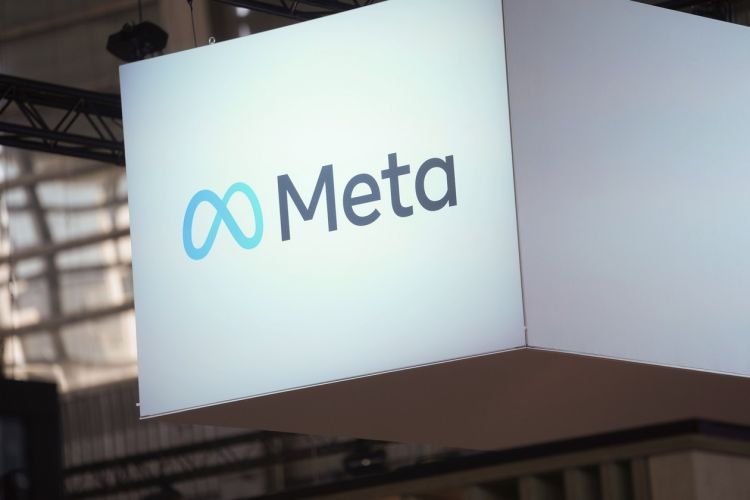Class Action Suit by Advertisers Against Meta for Misrepresentation Can Proceed
By Maureen Rubin | Posted on March 27, 2024

Photo Source: Thibault Camus/AP via Politico
Meta Platforms, Inc. (formerly Facebook) was sued by a group of advertisers for misrepresenting the “Potential Reach” of advertisements on its platforms, which include Instagram and WhatsApp, in addition to its original Facebook social media outlet. The advertisers claim that ads on Meta’s sites would potentially reach fewer people than claimed because Potential Reach measures accounts, not people. As a result, advertisers were led to purchase more Meta ads than they would have if they had been given accurate information.
U.S. District Court Presiding Judge James Donato of the Northern District of California sustained three claims by plaintiffs DZ Reserve and Cain Maxwell. DZ Reserve, a commerce business, spent over $1 million on 740 Meta ad campaigns while co-plaintiff Cain Maxwell, an “online firearm mount store” claimed it spent $379 on 11 Meta campaigns. Plaintiffs sued for fraudulent representation, fraudulent concealment, and violation of California’s Unfair Competition Law (UCL), which “prohibits false advertising and illegal business practices.”
The Ninth Circuit opinion also stated that DZ Reserve “has ceased operations” and that “it is unclear from the record whether Maxwell’s business is still operating.”
After sustaining plaintiffs’ claims, plaintiffs then moved to certify themselves and others in similar positions as a class under Federal Rule of Civil Procedure 23. The class is open to U.S. residents who purchased at least one ad from Meta between August 2014 and the date of filing. Advertisers who used “special purchasing methods” or who were told the potential reach of their ads was under 1000 were eliminated from the class. The rest of the class was certified by Judge Donato and permitted to seek damages and injunctive relief for false representation and concealment under Federal Rule of Civil Procedure 23(b) (3) which details what the court has to do to settle a class action suit.
Meta appealed, claiming abuse of discretion by the district court, and the case came before the U.S. Court of Appeals for the Ninth Circuit, where the opinion was authored on March 21 by Circuit Judge Sidney R. Thomas, with a concurrence by Circuit Judge Sidney R. Thomas and a partial dissent by Circuit Judge Danielle J. Forrest. The appellate court affirmed the district court’s certification of the “damages class” but vacated Donato’s certification of the “injunction class” and remanded that issue for additional proceedings consistent with the Ninth Circuit’s new opinion.
Thomas explained that before certifying a class, the court must be satisfied that the class meets four criteria: 1) being “so numerous that joinder of all members is impractical,” 2) having common law and facts among all class members, 3) having similar defenses, and 4) assuring that the parties will “fairly and adequately protect the interests of the class.” The district court, according to Judge Thomas, was required to perform a “rigorous analysis” of all these prerequisites. In addition, the class seeking certification had to fit into one of the three categories outlined in Rule 23 (b) (3).
Donato ruled that the plaintiffs met all the criteria to be certified as a class, and the Ninth Circuit agreed that plaintiffs had sufficiently demonstrated the class qualities mandated by the rules to collect damages. However, he wrote, the rule’s requirement that “common questions predominate over individual ones,” deserved additional scrutiny. Thomas went on to apply a three-part test to determine whether the class had predominance: identifying common questions, determining which are common and which presented “individualized issues,” and analyzing whether there were more common questions than individualized ones. After examining Donato’s determinations, the Ninth Circuit found that the district court “properly determined that each of the five elements of fraud is capable of classwide resolution.”
With these issues settled, Thomas turned to the questions surrounding misrepresentation and justifiable reliance claims, which determine whether the class members depended on Meta’s representations when deciding whether to purchase their ads. In other words, did Meta’s uniform representation of the Potential Reach of its ads present a common question? Thomas clarified by asking whether “substituting people for accounts would be material to a reasonable consumer.” The Ninth Circuit said this issue “was a matter for trial and, being unpersuaded by any of Meta’s claims, ruled that “other information available on its Ads Manager do not defeat the commonality of the misrepresentation.”
Similarly, the Ninth Circuit affirmed that ‘justifiable reliance is capable of classwide resolution under California law because the “same material misrepresentations have actually been communicated to each member of a class.” Again, there was no abuse of discretion by the district court concerning its finding that damages could be sought because “common issues predominated.”
With these issues settled, Thomas analyzed Meta’s claim that the plaintiffs lacked standing to seek injunctive relief under the rules. He acknowledged that DZ Reserve never submitted any evidence to support its standing, but said that Maxwell’s standing was “a closer call,” so he remanded the issue of standing to the district court for resolution. He asked the district court to determine whether Maxwell would purchase Meta ads in the future and how the business can have standing when it is no longer in business.
In her dissent, Circuit Judge Forrest agreed that the injunctive class issues had to be vacated, but disagreed that the damage class was properly certified because there were too many individual questions about class members that defeated the rule’s predominance requirement.
